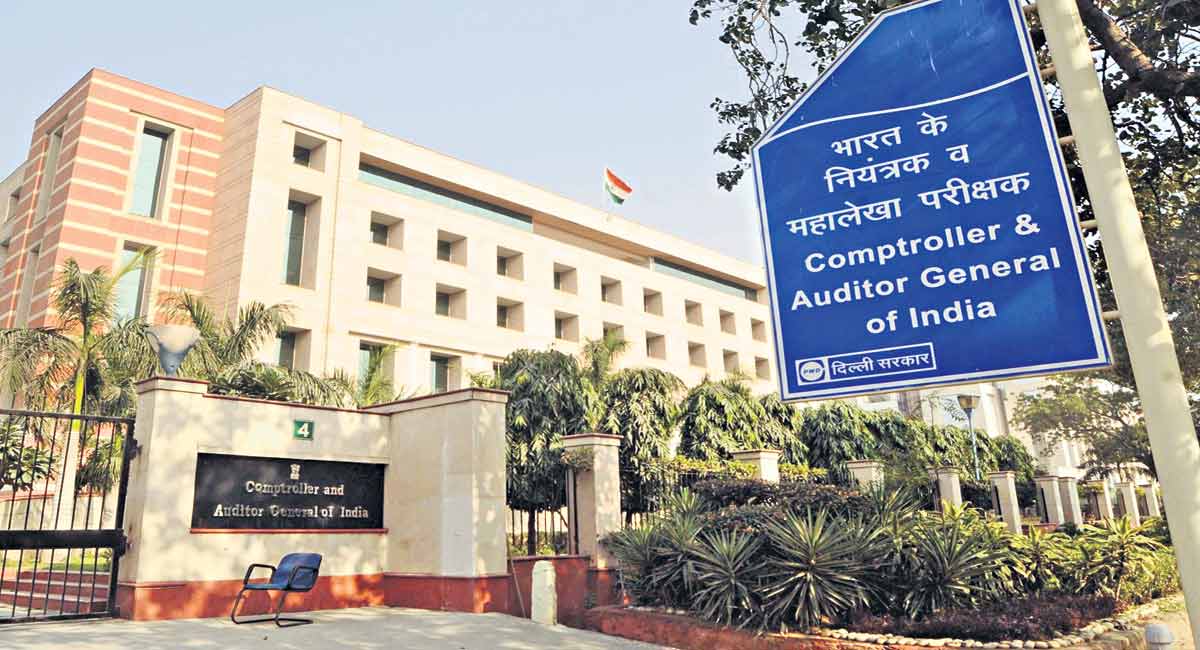
KOHIMA: The State Finances Audit Report of the Comptroller and Auditor General (CAG) has revealed that the Government of Nagaland has spent over Rs 1,300 crore on 416 projects which have been incomplete for almost 20 years. According to the report, the age profile of the incomplete projects is based on the year of sanction of the start of these projects, ranging from 2003. The analysis of 416 incomplete projects revealed that in 63 projects, the target year of completion was not furnished by the departments till the end of the audit period.
The report has also highlighted that from 2002-2011; there were 63 unfinished projects for which Rs. 722.61 crores, with a cost over-run of Rs. 156.61 crores, has been spent.
The table on total expenditure over the years with the total number of incomplete projects is as follows.
| Year | No. of projects | Expenditure (crore) |
| 2011-2012 | 19 | 67.96 |
| 2012-2013 | 39 | 132.86 + 25.84 (cost over- run) |
| 2013-2014 | 134 | 53.55 |
| 2014-2015 | 59 | 23.98 |
| 2015-2016 | 21 | 96.18 |
| 2016-2017 | 10 | 11.98 |
| 2017- 2018 | 34 | 67.48 |
| 2018-2019 | 9 | 42.78 |
| 2019-2020 | 4 | 5.98 |
As for the year 2020-2021, there were no incomplete projects. However, 24 incomplete/ongoing projects on which Rs.155.38 crore was spent do not have information about the year of commencement.
The report stated that out of 36 defaulting departments, the major backtrack departments were:
| Departments | Number of Projects | Expenditure (crore) |
| PWD (Roads and Bridges) | 15 | 258.85 |
| PWD (Housing) | 35 | 235.56 |
| Police Engineering Project | 48 | 177.75 |
| Urban Development | 26 | 96.77 |
| Geology and Mining | 4 | 48.95 |
| Veterinary and Animal Husbandry | 62 | 19.3 |
| Civil Administration Works | 47 | 15.33 |
The remaining 29 projects had spent Rs. 527.53 crore against 179 incomplete projects.
Till March 2021, there was no physical progress despite an expenditure of Rs. 30.37 crore incurred on 19 projects and capital expenditure of Rs. 1,380.04 crore incurred on 416 half- done projects remained blocked, which impinges negatively on the quality of expenditure, depriving the state of the intended benefits for prolonged periods.
The report has suggested taking effective steps to complete all these projects without any delay to avoid time and cost inefficiencies.

